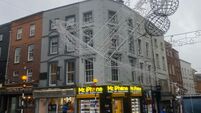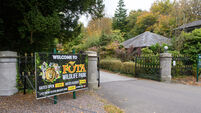Ahern produces more questions than answers
THERE’S a lovely Irish expression “Ní mar a shíltear a bhítear” which roughly translates as: “What is thought is not what transpires”.
We have all bought into the image of Bertie Ahern as the man in the anorak and street politician. But how accurate is it?













